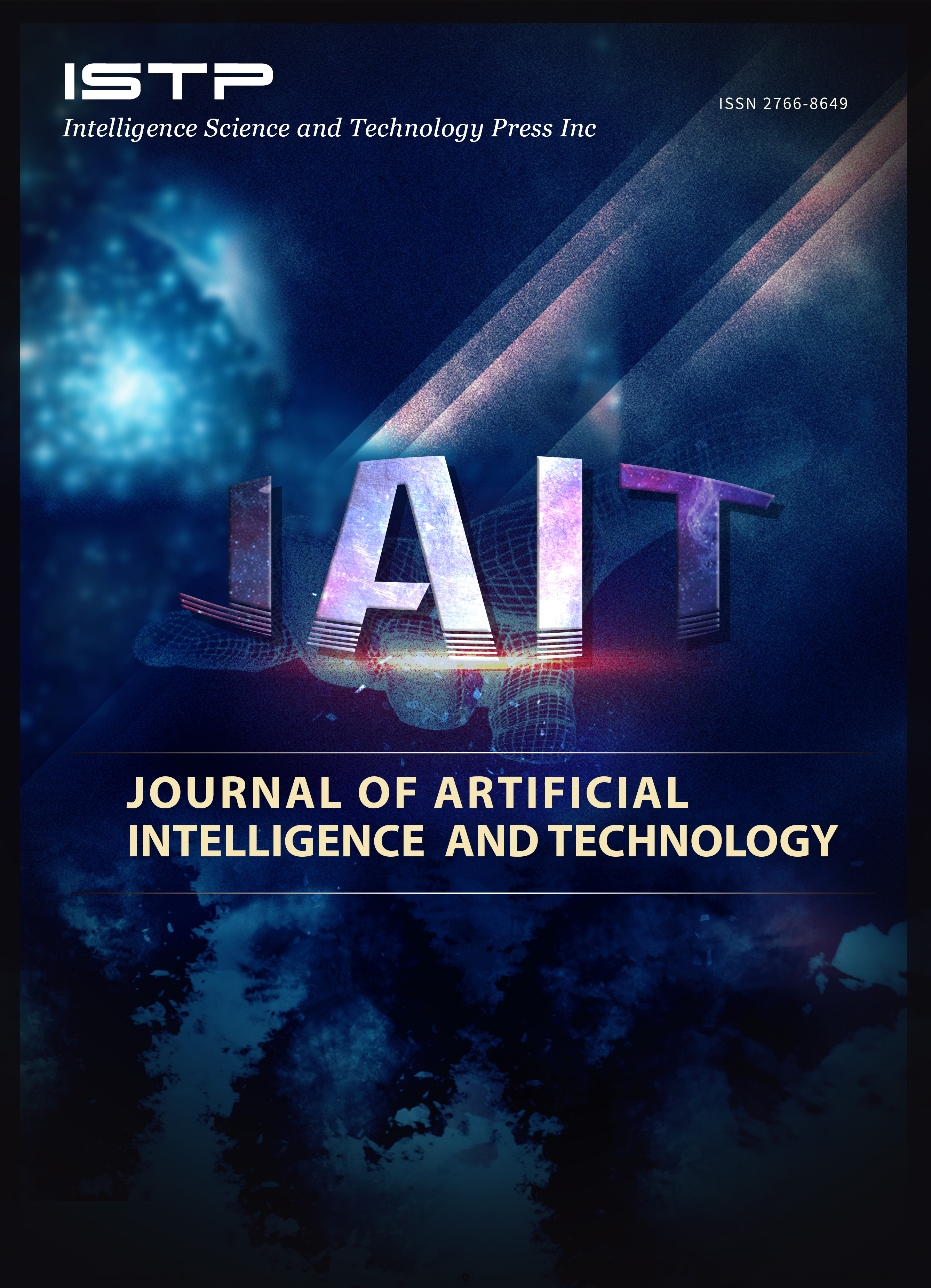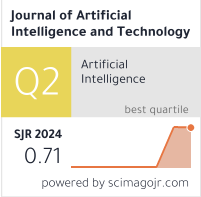Improving Skin Disease Classification with a Filter-Based Ensemble Feature Selection Framework
DOI:
https://doi.org/10.37965/jait.2025.0763Keywords:
classification, ensemble, feature selection, high dimensionality, skin diseaseAbstract
Skin diseases are increasingly concerning due to environmental changes, with dermatology emphasizing the need for early diagnosis. Classification in data mining is a key approach to predicting skin diseases by analyzing datasets. Before applying classification techniques, identifying relevant attributes is crucial. Feature selection (FS) is critical in preprocessing to identify relevant attributes and avoid redundant or irrelevant data. While wrapper methods offer better accuracy, they are computationally expensive. Our proposed framework aims to emulate wrapper-like feature subset evaluation using an efficient filter-based approach, leveraging Symmetrical Uncertainty (SU) and classifier-driven subset validation to achieve improved performance without excessive computational cost. Features are grouped into subsets, minimizing the dataset’s complexity while retaining predictive power. Subsets are evaluated using classifiers such as K-Nearest Neighbour (KNN), JRip, Naive Bayes, and J48, and compared against traditional filter-based techniques like Relief (REL), Gain Ratio, Chi-Squared (Chi), and Information Gain. The ranking is assigned based on classifier performance. The proposed framework showed significant improvement. One or more feature subsets consistently ranked in the top 4 across all classifiers compared to existing methods. For instance, subsets formed with SU achieved an accuracy boost of 91.53% with J48 and 91.25% with KNN in a dermatology dataset.
Published
How to Cite
Issue
Section
License
Copyright (c) 2025 Authors

This work is licensed under a Creative Commons Attribution 4.0 International License.





